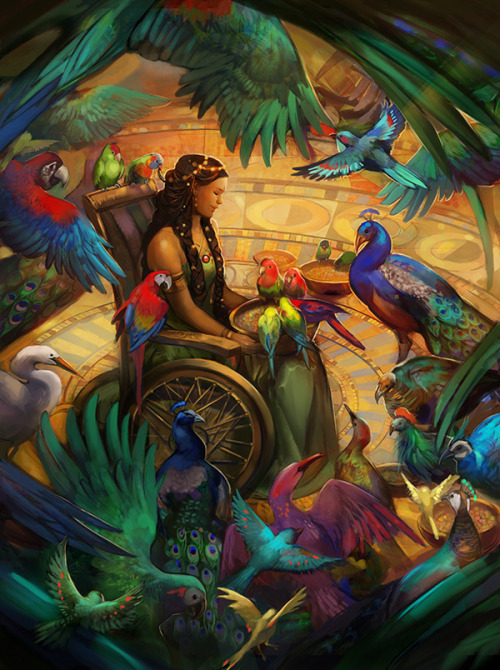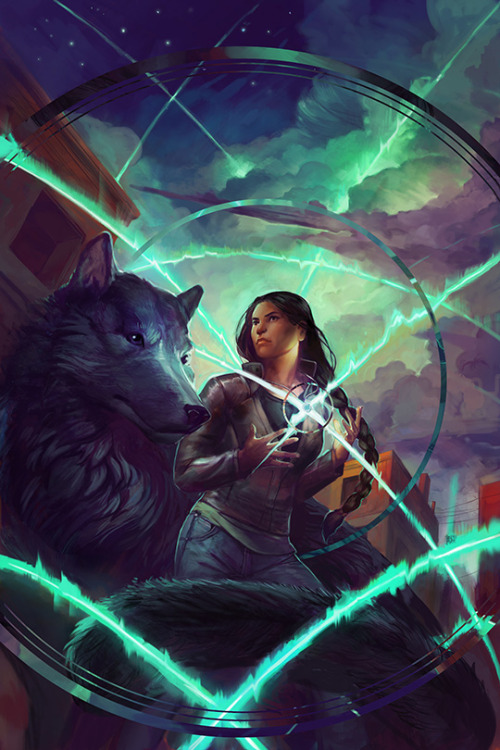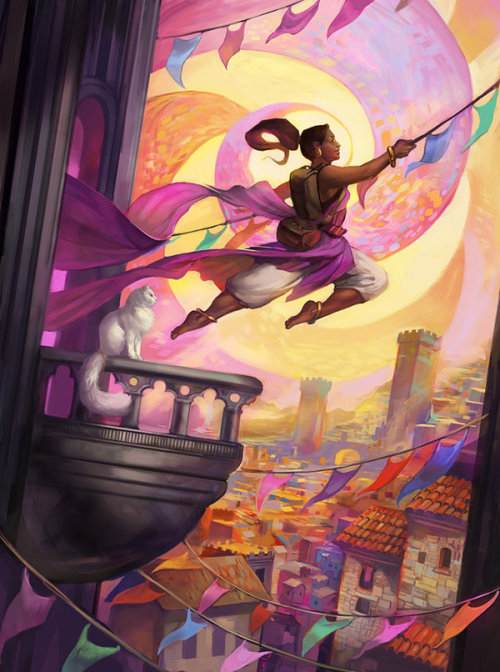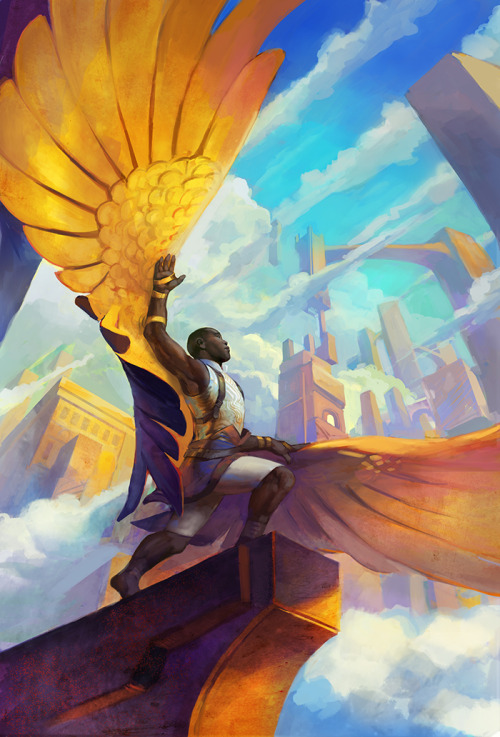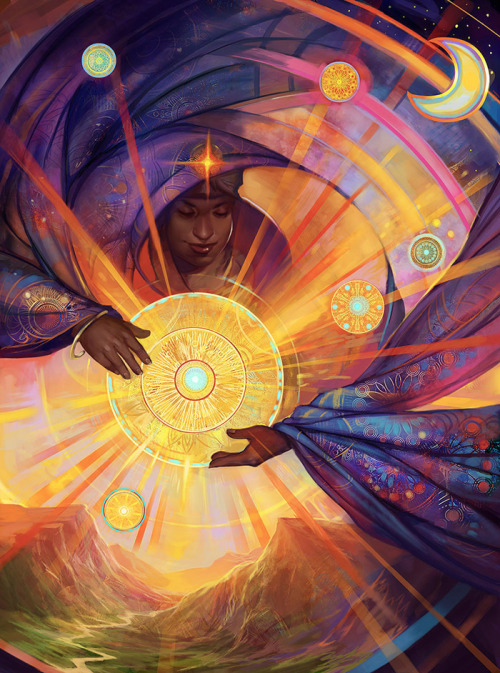Right To Darkness/Right To Night
Right to Darkness/Right to Night
Human beings have lived with a relatively strict day/night cycle for as far back as humans have been around. Yes, there was fire, but the rooms were still relatively dim, and outside was almost always just lit by the moon. Daily darkness, where not much could get done has been a part of human culture and biology forever.
Now we have the problem of light polution, where the light of electricity spreads everywhere and then you can’t see the stars at night in the cities. Obviously it’s good that we have electric lights. There are many people who want to be out doing things at night. But it’s also a problem, because for most, nightime is a time of calm and processing the day, and it can be difficult for the human brain to know that it’s time for that to happen if it has too much light coming at it.
I think in Solunarpunk societies, people would have a recognized right to darkness/night, that made itself apparent in the design of light sources and buildings, so that anyone who wanted to could enjoy the dark, cool, and quiet regardless of where they live.
This could manifest as rules about how streetlights can be made, so that the designs that are used are the ones that have the least amount of light seepage
Possibly different light zones, so the bars and clubs and other nightime activity stuff is all in one area, so those people can be safely lit, while other neighborhoods have street lights that only come on if someone is walking there, and are as unobtrusive as possible, so that people can stargaze and sleep in peace.
Inside houses, there might be automatic window darkeners that activate whenever you turn on a light, so the outside isn’t affected, that then turn transparent when the light is off for long enough.
Most houses would have smart lighting with a “night mode” that kept the lighting warmer and dimmer. If you had no lights on, red floor lights will turn on if it senses you moving so you can see where you’re going in safety.
Or maybe people just start using their night vision for more things. People just don’t turn on the lights at night if they don’t have to.
I imagine that in a right to night would also mean that it would be expected that work ends at sunset. People are free to pursue their own passions at night, and are free of daytime responsibilities. No one could pressure someone to stay later than they wanted to, but especially after sunset, because that would be extremely rude and people would call them out for it.
Stargazing would become an important family activity. Children would grow up knowing the names of all the constellations they could see, as well as the names of the planets and the stars. A sense of wonder about our universe would begin to arise again in our society.
Any moon bases built in the future would be on the side of the moon that always faces away from us, just in case the light could be seen at night. There would be observation sites on the side facing Earth that are too small to be seen, but are connected to each other underground. These observation sites would be open and available all the time, for anyone to come and marvel at the beauty of our home planet.
More Posts from Copperfingertips and Others
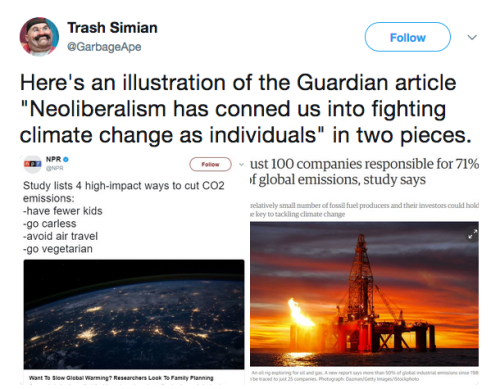


Hey y’all! I wanted your opinion on something. My laptop for the past five years has died, it’s dead and gone. And I was wondering would it be best for me to just get some cheapo $200 computer and hope for the best or save up for like a $400 $500 computer that’ll last me for longer and treat me better? By the way I am like a first year college student who has access to computers on campus. And I already went to a computer technician who is backing it for like $50, so my files are not lost.
This is one of the oldest conundrums of personal finance: to spend a small amount of money on a bandaid solution NOW, or save up for a long-term solution later. We wrote about the dilemma here:
It’s More Expensive to Be Poor Than to Be Rich
Personally, if you can get by using the computers at school, then I would save up another few hundred dollars to buy the higher quality computer that will last longer. It’ll be cheaper in the long term, and you’ll rest easy knowing that you won’t have to deal with another computer combustion any time soon. Good luck!

Practical action + liaising with the local community = creating long term sustainable projects and ultimately a shift in culture.

Start a 1-Acre, Self-Sufficient Homestead
Expert advice on how to establish self-sufficient food production, including guidance on crop rotations, raising livestock and grazing management.
By John Seymour
Illustration by Dorling Kindersley

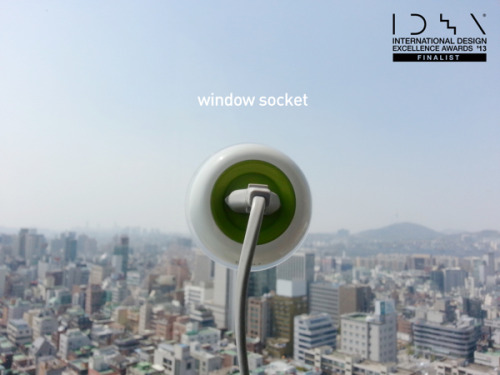
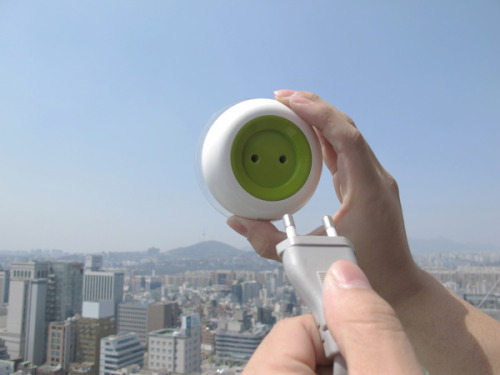
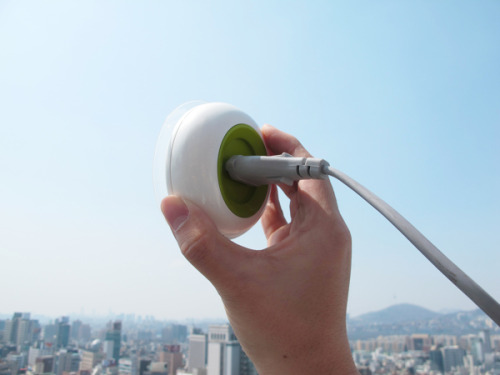
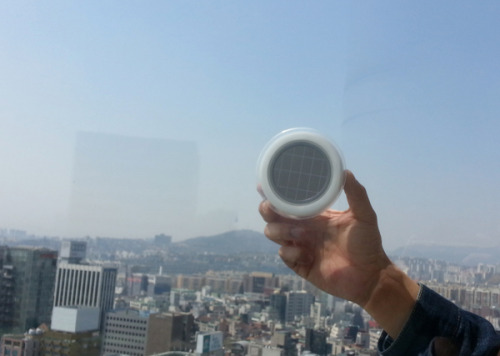
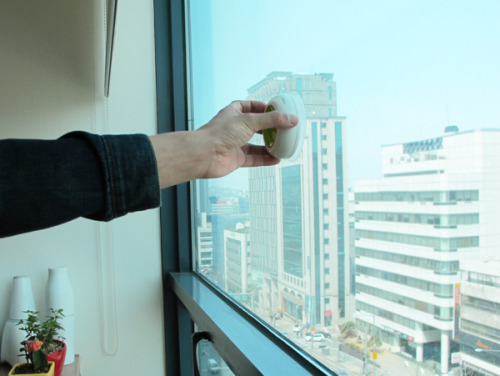
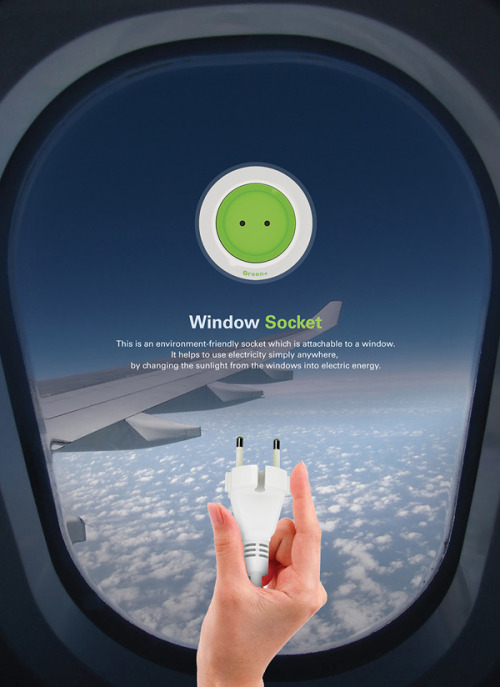
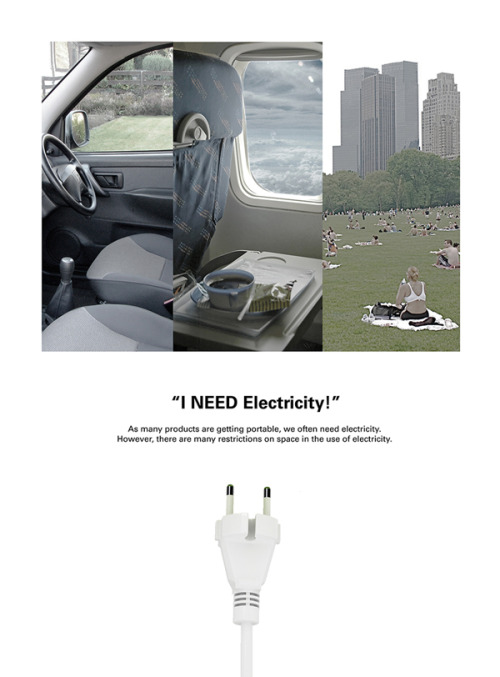
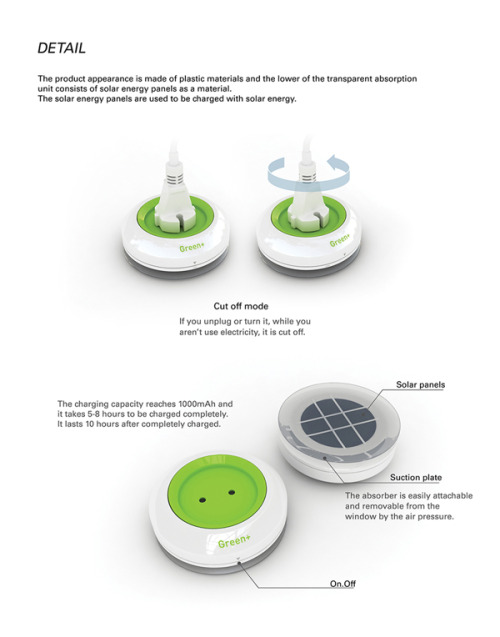
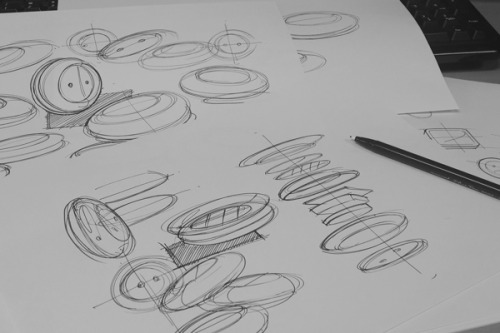
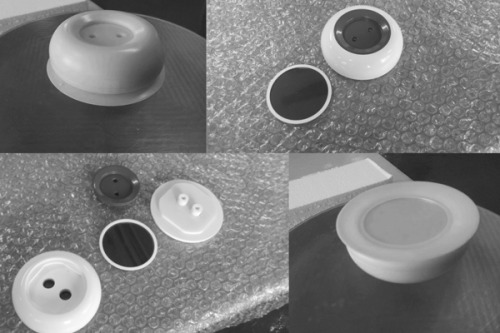
Plug It On The Window
The Window Socket offers a neat way to harness solar energy and use it as a plug socket. So far we have seen solutions that act as a solar battery backup, but none as a direct plug-in. Simple in design, the plug just attaches to any window and does its job intuitively.
Designers: Kyuho Song & Boa Oh
If You’re Gonna Make Something Wheelchair Accessible, Don’t Make it a Thing
Here’s some examples awkward accessibility being a thing:
Your at a hotel that has a lift to get you from one sub-floor to another, but the lift can only be unlocked and operated by one specific person that the hotel now has to go find. Sure, they’ve made the entrance to the sub-floor is accessible, but now it’s a thing.
The buses are wheelchair accessible but the driver has to stop the bus, take 30 seconds to lower the goddamn ramp, move passengers out of their seats, hook up the straps and then secure you in the bus. Sure, they’ve made the busses accessible but now it’s a thing.
The restaurant has an accessible entrance, but it’s past the trash room and through the kitchen. Sure, the restaurant is accessible, but now it’s an insulting thing.
Here’s some great examples of accessibility not being a thing:
The train to the airport pulls up flush with the platform. I board with everyone else and sit wherever the fuck I want. Riding the train is accessible and not a thing.
In Portland, I press a button the side of the streetcar and a ramp automatically extends at the same time the door opens. I board in the same amount of time as everyone else. This is not a thing.
I get that it is difficult to design for wheelchair accessibility, but folks need to start considering the overall quality of the experience versus just thinking about meeting the minimum requirements.


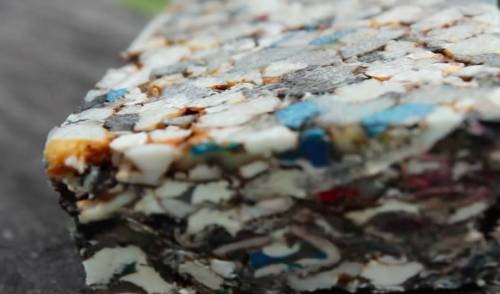
This startup is turning plastic waste into affordable housing
The company called Eco Domum, or Eco Home, is based in Puebla, Mexico. Founder Carlos Daniel González collects, sorts and melts down non-toxic plastics into a liquid, according to Unreasonable. That sludge is then put into a hydraulic press, which forms the plastic into hardened panels. It takes two tons of plastic to make one house. At scale, González’s plastic houses could be just what Mexico needs.
Follow @the-future-now





There’s this greenhouse not too far from my house that I fell in love with when I went for the first time last year. It’s so crowded, but all of the plants are very healthy and pest-free. They have 50+ year old cacti and a ton of exotic plants.
@eternity-in-your-eyes this is just amazing! I don’t know if I’d be able to leave a place like that once I have entered haha thank you for the submission as I could only imagine having a greenhouse like that some day.
-
 starsailor83 reblogged this · 3 years ago
starsailor83 reblogged this · 3 years ago -
 starsailor83 liked this · 3 years ago
starsailor83 liked this · 3 years ago -
 pirataregina1 reblogged this · 3 years ago
pirataregina1 reblogged this · 3 years ago -
 inlovewithanathemadevice liked this · 3 years ago
inlovewithanathemadevice liked this · 3 years ago -
 sarahisatotalgeek liked this · 3 years ago
sarahisatotalgeek liked this · 3 years ago -
 positivelycarey reblogged this · 3 years ago
positivelycarey reblogged this · 3 years ago -
 positivelycarey liked this · 3 years ago
positivelycarey liked this · 3 years ago -
 lifefilledwithstories reblogged this · 3 years ago
lifefilledwithstories reblogged this · 3 years ago -
 agentukelele reblogged this · 3 years ago
agentukelele reblogged this · 3 years ago -
 phatfred reblogged this · 3 years ago
phatfred reblogged this · 3 years ago -
 crionic-soc reblogged this · 3 years ago
crionic-soc reblogged this · 3 years ago -
 iolitemoth liked this · 3 years ago
iolitemoth liked this · 3 years ago -
 natasha-the-slavic-shadow liked this · 3 years ago
natasha-the-slavic-shadow liked this · 3 years ago -
 shyforestboi reblogged this · 3 years ago
shyforestboi reblogged this · 3 years ago -
 shyforestboi liked this · 3 years ago
shyforestboi liked this · 3 years ago -
 on-my-way-to-the-woods liked this · 3 years ago
on-my-way-to-the-woods liked this · 3 years ago -
 chapter-eleven liked this · 3 years ago
chapter-eleven liked this · 3 years ago -
 nyurrwithcheese reblogged this · 3 years ago
nyurrwithcheese reblogged this · 3 years ago -
 ostfriesentea liked this · 3 years ago
ostfriesentea liked this · 3 years ago -
 thereisnocorrectanswer reblogged this · 3 years ago
thereisnocorrectanswer reblogged this · 3 years ago -
 tiredtwentyforseven liked this · 3 years ago
tiredtwentyforseven liked this · 3 years ago -
 crionic-dubs reblogged this · 3 years ago
crionic-dubs reblogged this · 3 years ago -
 dr-lapdance reblogged this · 3 years ago
dr-lapdance reblogged this · 3 years ago -
 prismwaves liked this · 3 years ago
prismwaves liked this · 3 years ago -
 othert reblogged this · 3 years ago
othert reblogged this · 3 years ago -
 dragonengine reblogged this · 3 years ago
dragonengine reblogged this · 3 years ago -
 redportrait liked this · 3 years ago
redportrait liked this · 3 years ago -
 vehicularmanslaughter33 reblogged this · 3 years ago
vehicularmanslaughter33 reblogged this · 3 years ago -
 vehicularmanslaughter33 liked this · 3 years ago
vehicularmanslaughter33 liked this · 3 years ago -
 high-tidethunder liked this · 3 years ago
high-tidethunder liked this · 3 years ago -
 missgalaxy liked this · 3 years ago
missgalaxy liked this · 3 years ago -
 affordablev0dka liked this · 3 years ago
affordablev0dka liked this · 3 years ago -
 a-chilleus reblogged this · 3 years ago
a-chilleus reblogged this · 3 years ago -
 yesitsanusha liked this · 3 years ago
yesitsanusha liked this · 3 years ago -
 dxhighelf liked this · 3 years ago
dxhighelf liked this · 3 years ago -
 glowelle liked this · 3 years ago
glowelle liked this · 3 years ago -
 imir liked this · 3 years ago
imir liked this · 3 years ago -
 naturepunk-palace reblogged this · 3 years ago
naturepunk-palace reblogged this · 3 years ago -
 adannyontheinternet reblogged this · 3 years ago
adannyontheinternet reblogged this · 3 years ago -
 softchaoticpunk reblogged this · 3 years ago
softchaoticpunk reblogged this · 3 years ago -
 softchaoticpunk liked this · 3 years ago
softchaoticpunk liked this · 3 years ago -
 solarstramus reblogged this · 3 years ago
solarstramus reblogged this · 3 years ago


